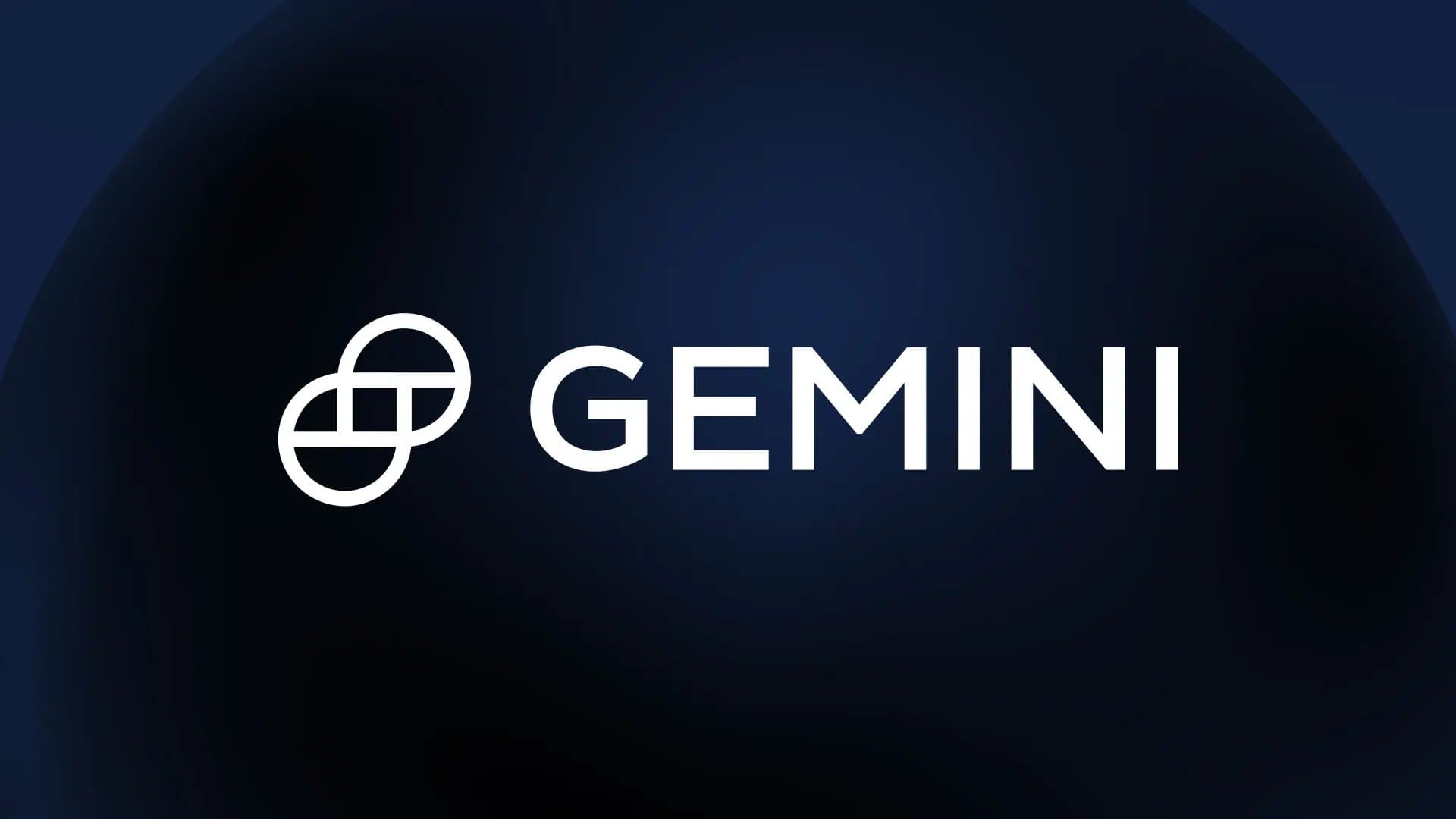Gemini’s Nasdaq IPO: Navigating Crypto Losses Amid Market Rally
Explore Gemini’s bold Nasdaq IPO filing amid soaring crypto enthusiasm, despite $282 million losses and $2.1 billion debt, revealing fresh insights into crypto market dynamics and investor appetite.

Key Takeaways
- Gemini filed for Nasdaq IPO amid a crypto bull market despite $282 million losses.
- The company carries $2.1 billion in liabilities, including loans from Galaxy and NYDIG.
- Revenue declined to $68.6 million in H1 2025 from $74.3 million in H1 2024.
- Institutional investors like Goldman Sachs and Morgan Stanley back the IPO.
- Gemini aims to use IPO proceeds to repay debt and restructure operations.

In the whirlwind world of cryptocurrency, timing can be everything. Gemini, the crypto exchange helmed by the Winklevoss twins, is stepping into the spotlight with an IPO filing on Nasdaq under the ticker GEMI. This move comes amid a roaring crypto bull market, yet it reveals a company grappling with steep financial losses—$282 million in just the first half of 2025—and a hefty $2.1 billion in liabilities. Despite shrinking revenues and mounting debt, Gemini is betting on renewed investor enthusiasm and favorable market winds to fuel a successful public debut. This article unpacks Gemini’s financial landscape, IPO strategy, and what this means for the broader crypto industry, offering a clear-eyed view beyond the hype.
Unpacking Gemini’s Financial Reality
Imagine a company riding a rollercoaster where the track is steep and the dips are deep. Gemini’s financial disclosures reveal a dramatic plunge: a net loss of $282.5 million in the first half of 2025, more than six times the $41.4 million loss in the same period last year. Meanwhile, revenue dipped to $68.6 million from $74.3 million, signaling shrinking income streams amid rising costs. The adjusted EBITDA swung from a $32 million profit in 2024 to a $113.5 million loss, underscoring the widening gap between earnings and expenses. Yet, Gemini still holds a robust user base of 14.6 million verified accounts and safeguards $12 billion in assets under custody. This juxtaposition paints a picture of a company with strong market presence but struggling to translate that into profitability.
The weight of $2.1 billion in liabilities, including loans from Galaxy and NYDIG, adds to the financial strain. It’s like carrying a heavy backpack uphill while trying to sprint. These numbers raise questions about sustainability and whether Gemini’s current business model can weather the storm. But the company’s willingness to disclose these figures openly signals a commitment to transparency, a crucial currency in the crypto world where trust is often hard-won.
Seizing the IPO Moment Amid Crypto Rally
Why launch an IPO while bleeding hundreds of millions? Gemini’s timing is a calculated gamble on the crypto market’s renewed vigor. The crypto bull market has reignited investor appetite for digital asset firms, as seen in blockbuster IPOs like Bullish, which raised $1.1 billion and soared 228% on its first trading day. Gemini aims to ride this wave, listing on Nasdaq with heavyweight institutional backers such as Goldman Sachs, Citi, Morgan Stanley, and Cantor Fitzgerald acting as bookrunners. Their involvement signals serious traditional investor interest, lending credibility to Gemini’s public debut.
Moreover, the regulatory landscape is gradually stabilizing under a crypto-friendly federal administration, fostering confidence in the sector’s future. Gemini’s IPO filing explicitly mentions using proceeds to repay debt, highlighting a strategic move to strengthen its balance sheet. This approach reflects a savvy understanding that market enthusiasm alone won’t sustain long-term growth without addressing financial vulnerabilities. Gemini’s IPO isn’t just about raising capital—it’s about reshaping its financial foundation amid a bullish market backdrop.
Navigating Structural Shifts and Expansion
Behind the scenes, Gemini is orchestrating significant operational changes to streamline its path forward. A major shift involves migrating most users to Moonbase, a Florida-based entity, while keeping Gemini Trust in New York. This dual-structure aims to optimize compliance and reduce operational costs, a smart maneuver in the complex regulatory maze crypto firms face. It’s akin to reorganizing your workspace to boost efficiency and cut clutter.
On the product front, trading fees remain Gemini’s primary revenue engine, supplemented by staking and the Earn program. These diversified services reflect an effort to deepen user engagement and create multiple income streams. Yet, with revenues declining, the challenge lies in scaling these offerings effectively. Gemini’s structural and product adjustments signal a company not just reacting to losses but actively reshaping itself to compete and thrive in a crowded crypto exchange landscape.
Balancing Optimism with Financial Risks
Gemini’s IPO embodies a striking contrast: a beacon of optimism amid financial turbulence. The crypto market’s enthusiasm for public listings is palpable, but Gemini’s steep losses and $2.1 billion debt cast a shadow over the celebration. Potential investors face a dilemma—embrace the promise of crypto’s future or heed the warning signs of financial distress. The company’s declining revenue and ballooning losses challenge the myth that crypto firms are guaranteed growth machines.
Yet, a successful IPO could validate regulated crypto exchanges as mainstream financial players, normalizing crypto stocks on major indices. Conversely, a lukewarm reception might signal skepticism about centralized crypto firms’ sustainability. Gemini’s transparent disclosures and strategic debt repayment plans are crucial steps toward rebuilding trust. This IPO will test whether investor faith in crypto innovation can overcome the harsh realities of financial strain.
Implications for Crypto Market and Investors
Gemini’s public debut is more than a company milestone—it’s a bellwether for the crypto industry’s maturation. The IPO’s success or failure will ripple through investor sentiment and regulatory approaches. A strong market reception could encourage more digital asset firms to seek public listings, expanding access to crypto investments and fostering sector transparency. It would also reinforce the narrative that crypto exchanges can evolve into stable, regulated entities.
However, Gemini’s heavy losses and debt remind investors that crypto’s glittering promise comes with real financial risks. The episode debunks the myth that all crypto ventures are fast lanes to riches. Instead, it underscores the need for due diligence and cautious optimism. For investors, Gemini’s IPO is a case study in balancing excitement with scrutiny—embracing innovation while demanding accountability. The crypto market’s future will hinge on such nuanced perspectives.
Long Story Short
Gemini’s IPO journey is a high-wire act balancing optimism and financial strain. The stark contrast between soaring crypto market interest and Gemini’s deepening losses challenges the myth that growth always equals profit. Investors face a complex picture: a company with a loyal user base and $12 billion in assets under custody, yet burdened by $2.1 billion in debt and declining revenues. Gemini’s plan to channel IPO proceeds into debt repayment signals a pragmatic step toward stability. For the crypto sector, this IPO could either cement confidence in regulated exchanges or expose vulnerabilities in centralized models. As Gemini prepares to go public, the outcome will resonate far beyond Wall Street, shaping how we view risk and opportunity in the evolving crypto landscape. The lesson? In crypto investing, the glitter of market rallies must be weighed against the gravity of financial fundamentals.